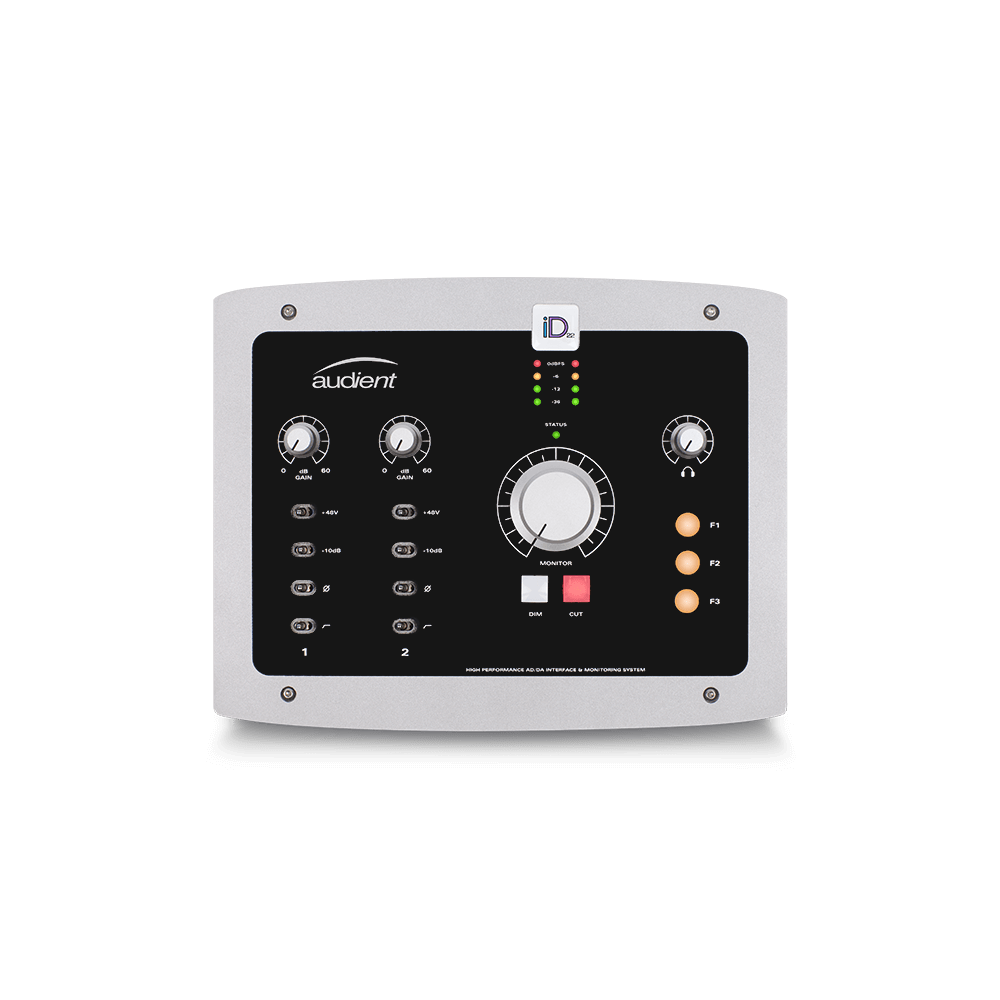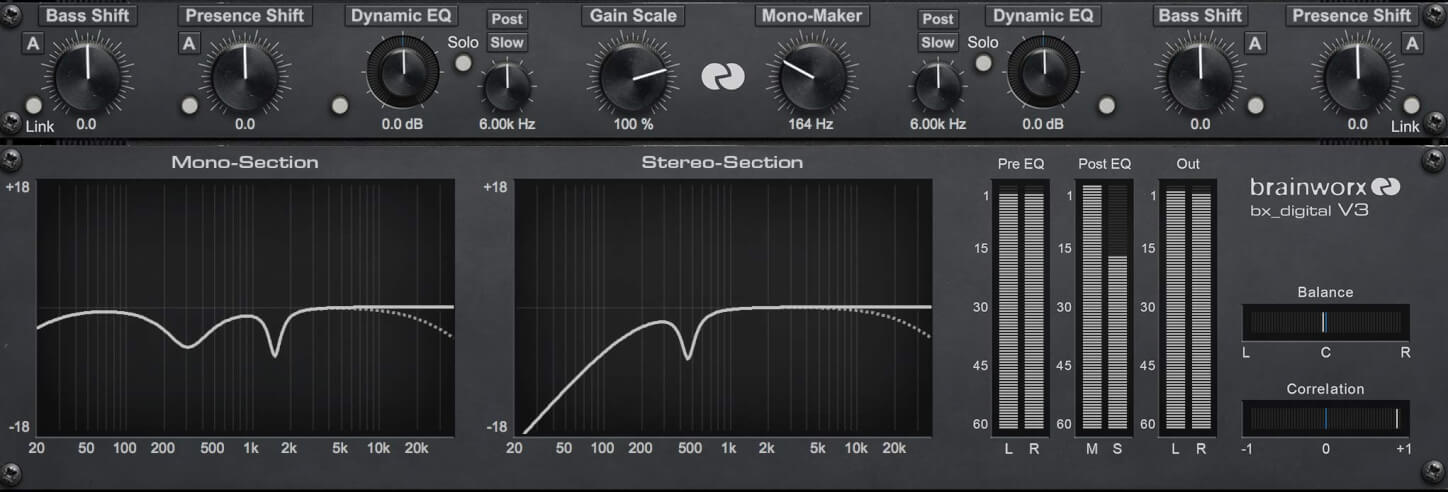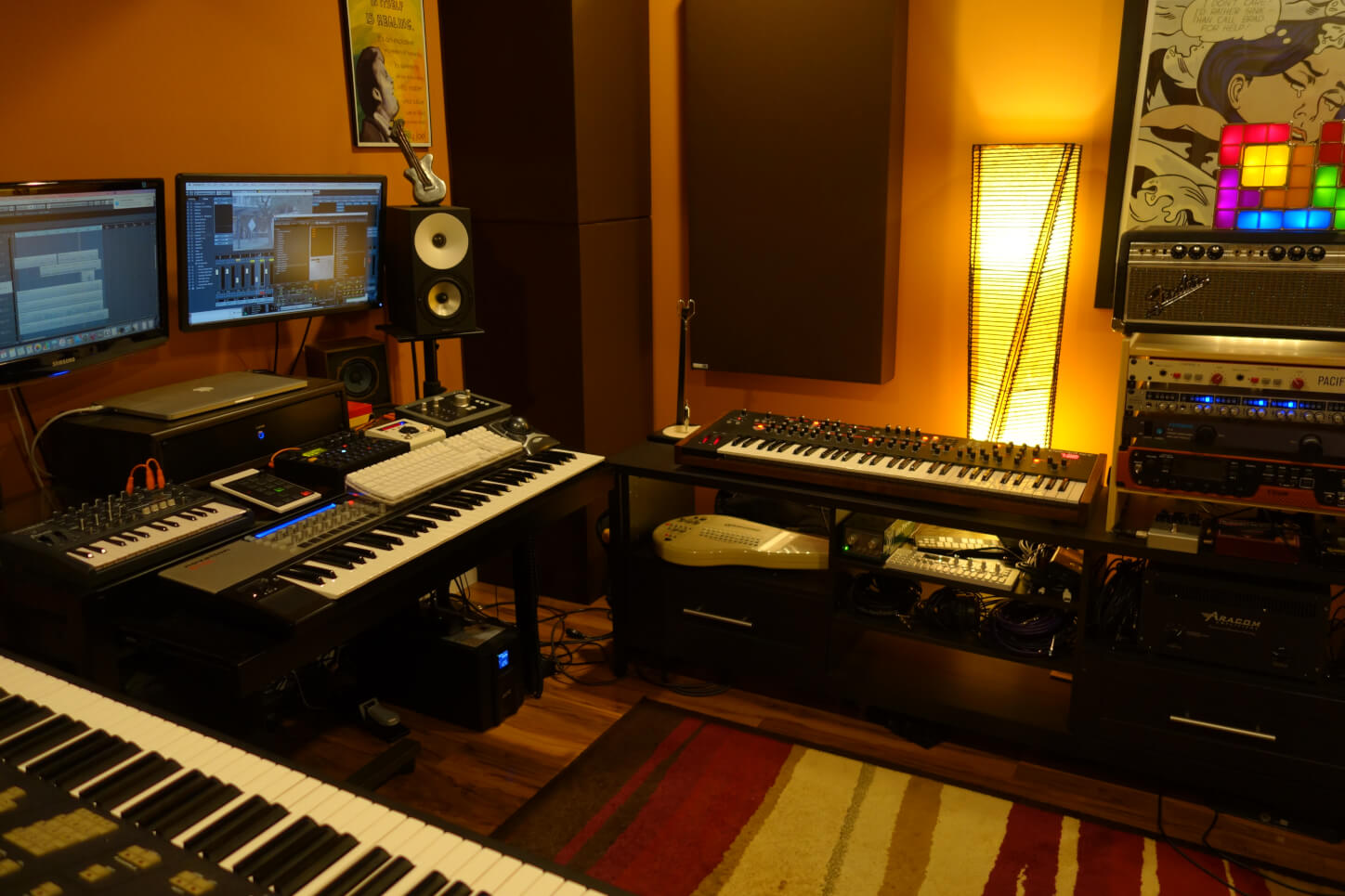Enlarge your vocal with double tracking
A well established trick for achieving larger-than-life vocals, double tracking is, as the name suggests, the recording of two identical performances, which are then played back together, panned to opposite sides of the stereo field (but not necessarily the left/right extremes). When recording a double track, the singer should aim to get both tracks sounding as similar as possible, as it’s the inevitable slight differences in timing, pitching and dynamics between two almost-identical takes that actually create the thickening effect. You don’t have to stop at two tracks, either: triple (with the third track panned to centre) and even quadruple tracks are by no means unheard of.

If your singer has left the building and you need to turn a single vocal track into a double, you can press a chorus plugin into service for a similar but less organic presentation, or investigate double track simulators such as Sonnox VoxDoubler or iZotope’s free Vocal Doubler.
Go retro with a vocoder or talkbox
Invented in the 1930s by Bell Labs for, originally, non-musical purposes, the vocoder is an instantly recognisable vocal effect that seems to swing back round on the carousel of audio fashion quite regularly. Your DAW may well have a vocoder plugin built in, but if it doesn’t, there are numerous excellent third-party ones on the market by companies including Arturia, XILS-Lab and TOGU Audio Line, the last being a freebie.

In very simple terms, a vocoder uses the incoming vocal signal (referred to as the ‘modulator’) to modulate a series of band-pass filters in a synthesiser (called the ‘carrier’), generating that musically pitched and harmonised robot-style effect that you’ve heard a million times before, but that somehow never gets old. The depth of the effect is largely governed by the number of filters onboard, and one of the great things about vocoding is that you don’t even have to be able to sing to do it, as the vocal itself is rendered unrecognisable and its pitch is entirely defined by the notes played on the synth.
Often confused with the vocoder, the talkbox is an alternative vocal processor with which the output of a synthesiser or other amplified instrument is literally sent into the singer’s mouth through a plastic tube, where it’s ‘filtered’ and ‘modulated’ by the physical formation of words, and captured by a microphone attached to the tube for final output. If you fancy freeing your inner Troutman, we recommend getting hold of an actual hardware talkbox for the optimum experience, but if that’s not possible, check out Antares Articulator and iZotope’s VocalSynth 2.
Fire up a pitch correction plugin for ‘that’ sound
You know it, you love/hate it, but real-time pitch correction, as epitomised by Antares’ notorious Auto-Tune, is without doubt one of the most important audio DSP developments of all time.

Originally intended – and still mostly used – for the fixing up of pitchy vocals, Auto-Tune and the alternatives that have followed it will always be best known for the hard pitch snapping effect made (in)famous by Cher and T-Pain, but such heavy-handed usage doesn’t define the full extent of their creative applications. Experiment with the tuning speed and other parameters to find your own Auto-Tuning voice, so to speak, and explore the various software options available via their demo versions, as they each work quite differently and have their own particular sound.
Go wild with distortion
Despite its immediate association with electric guitar, distortion in its many forms is something you should always keep in mind when looking to do interesting things to vocals in the mix. The multimodal likes of FabFilter Saturn 2, Cableguys DriveShaper and Soundtoys Decapitator open up a broad spectrum of signal colouring possibilities, from the warming vibes of gentle tape or valve saturation, through the crunch of overdriven transistors, to the pulverising extremes of waveshaping.

Even the slightest touch of harmonic saturation can make a profound difference to the presence and bite of a vocal without obviously altering it, so don’t think of distortion as an overtly transformative effect that the listener should necessarily be aware of – it can be equally exploited for subtle enhancement and ‘lifiting’. And that’s just on the analogue side of things – digital distortion techniques are also fair game, so play around with bitcrushing and sample rate reduction in your quest for ear-catching vocal treatments as well.
Slice and dice
Slicing up vocals and rearranging them to create non-lyrical loops and effects has been a staple dance music production technique since the early days of UK garage, when the bonkers vocal chopping and pitching antics of Todd Edwards et al were instrumental in defining not only their own individual sounds, but also that of the genre as a whole. Most samplers these days can automatically slice up imported audio files at their transients or strict musical note values, making it possible to instantly carve up vocals and play them from a MIDI controller keyboard. And by mapping individual slices across ranges of notes, you can even repitch them in real-time, too.

For a more visual, ‘on-track’ approach, simply cut up your vocal on one audio track and copy the slices down to another audio track below for arranging there. This workflow enables you to see the contiguous waveform of your loop as you develop it, which may or may not be useful to you; and your DAW will undoubtedly include a modifier key command for instantly chopping an audio clip into slices of a particular note length with a click of the scissors tool, so make friends with that if you haven’t already.
Our Products
-

2in | 2out Audio Interface
-

10in | 6out Audio Interface
-

10in | 14out Audio Interface
-

20in | 24out Audio Interface
-

10in | 14out Audio Interface + Monitor Controller
-

10in | 4out Guitar Interface
-

2in | 2out Audio Interface
-

4in | 4out Audio Interface
-

Everything you need to start recording
-

24in | 24out Audio Interface
-

8 Channel Smart Preamp with AD/DA
-

8 Channel Mic Pre & ADC
-

8 Channel Mic Pre + Tone Control
-

Modular Analogue Recording Console
-

Small Format Analogue Recording Console
-

Small Format Analogue Recording Console
-

Immersive Audio Interface and Monitor Controller
-

Desktop Monitor Controller
-

Surround Sound Monitor Controller



